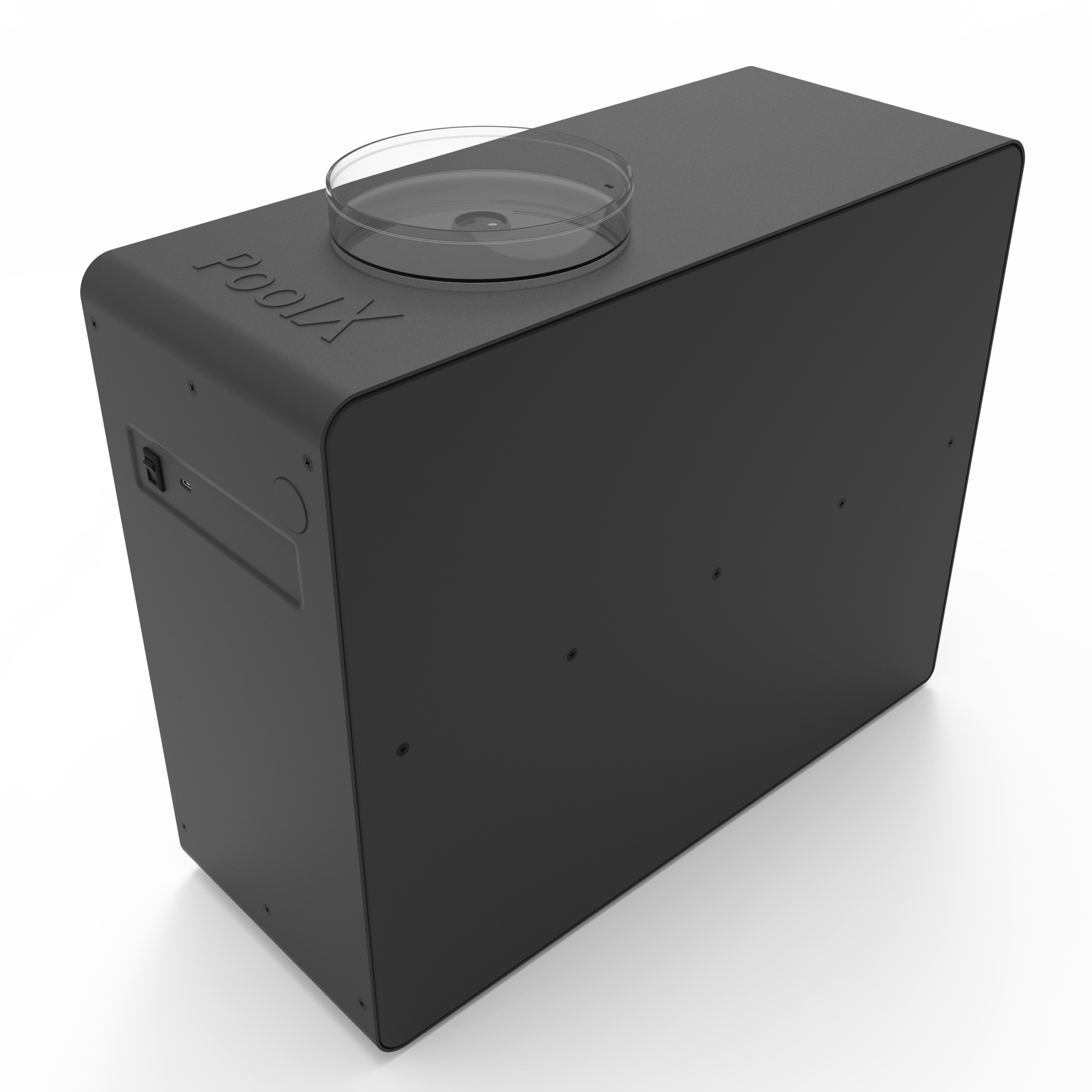When it comes to constructing a patio, one of the primary questions homeowners often face is how deep should paver base be for patio? It’s a crucial aspect that significantly determines the durability and appearance of the finished project. In this detailed guide, we will explore the intricacies of paver base depth, providing you with a comprehensive understanding to ensure your patio stands the test of time.
Setting the proper foundation is essential for any hardscape project, and patios are no exception. The depth of the paver base is a key factor in preventing issues such as uneven settling, cracking, and weeds. So how do you determine the correct depth for your paver base? Let’s delve into the details.

Why Paver Base Depth Matters
Before addressing how deep should paver base be for patio, it’s important to comprehend why this depth matters. A well-prepared base provides stability, reduces erosion, and assists with water drainage. Failing to install the correct base depth might result in a weak structure susceptible to damage.

Components of a Paver Base
Gravel Layer
The gravel layer is the first component of the paver base. Typically, you should use a minimum of 4 inches of crushed stone or gravel to establish a solid foundation.
Sand Layer
The sand layer acts as the final leveling material and is generally about 1 inch deep. This layer provides a smooth surface on which the pavers can settle correctly.

Factors Influencing Paver Base Depth
Type of Soil
The type of soil at your patio location significantly impacts how deep should paver base be for patio. Clay soils may require a thicker base to counteract poor drainage, while sandy soils need less base material due to their natural stability.
Climate and Weather Conditions
In regions with harsh winters, a deeper base is necessary to prevent frost heave. Conversely, milder climates allow for a shallower base.
Load Bearing Requirements
If your patio will hold heavy furniture or withstand frequent foot traffic, you’ll need a deeper and more robust base to support the extra weight.
Step-by-Step Guide to Determine Paver Base Depth
Step 1: Site Preparation
First, clear the area where the patio will be installed. Remove any grass, roots, and debris to ensure a clean work surface.
Step 2: Measure and Mark
Measure the area and mark the perimeter using stakes and string to outline the shape and size of your patio.
Step 3: Excavate the Area
Start digging according to the total depth required (gravel layer + sand layer). On average, this can be around 6-8 inches deep.
Step 4: Install Gravel Layer
Spread and compact a 4-inch layer of crushed stone or gravel. Use a plate compactor to ensure even compaction and avoid any future settling issues.
Step 5: Install Sand Layer
Once the gravel is compacted, add a 1-inch layer of sand. Smooth it out evenly to prepare for the pavers.
Tips for Installing a Paver Base
Choose the Right Materials
When selecting materials, quality matters. High-quality crushed stone and sharp sand are recommended to ensure a durable base.
Proper Compaction
Ensure thorough compaction of the gravel and sand layers to prevent any future shifts and instability.
Check for Leveling
Regularly check the level of your base layers using a spirit level to maintain a flat and even surface.
Common Mistakes to Avoid
Insufficient Excavation
Not digging deep enough can lead to base instability and subsequent damage to your patio.
Ignoring Soil Conditions
Neglecting to consider the type of soil can result in improper base depth and poor drainage.
Skipping Compaction
Failing to compact the layers adequately is a common mistake that leads to uneven pavers and eventual shifting.
Maintenance Tips for Longevity
Regular Cleaning
Keep your patio clean to prevent any build-up of dirt and debris. This enhances the overall longevity of the structure. You can learn more about cleaning your patio.
Seal the Surface
Consider applying a sealant to your pavers to protect against weather elements and staining.
Weed Prevention
Use a weed barrier and regular maintenance to prevent weeds from emerging between your pavers.
Useful Resources
For more information on home improvement and outdoor space projects, visit our guides on home repairs and gasoline generators.
FAQs
What is the ideal paver base depth for clay soil?
For clay soil, you need a thicker base, generally around 8-12 inches, to ensure proper drainage and stability.
Can I use regular sand for the sand layer?
It’s advisable to use sharp sand rather than regular sand, as it provides better interlocking properties.
How often should I maintain my patio?
Regular maintenance, including cleaning and weed prevention, should be conducted at least twice a year to enhance your patio’s longevity.
Conclusion
Understanding how deep should paver base be for patio is pivotal for a durable and beautiful outdoor space. By following the guidelines provided, you can ensure a stable and long-lasting paver patio that you’ll enjoy for years to come. Happy building!
As an Amazon Associate, I earn from qualifying purchases.

